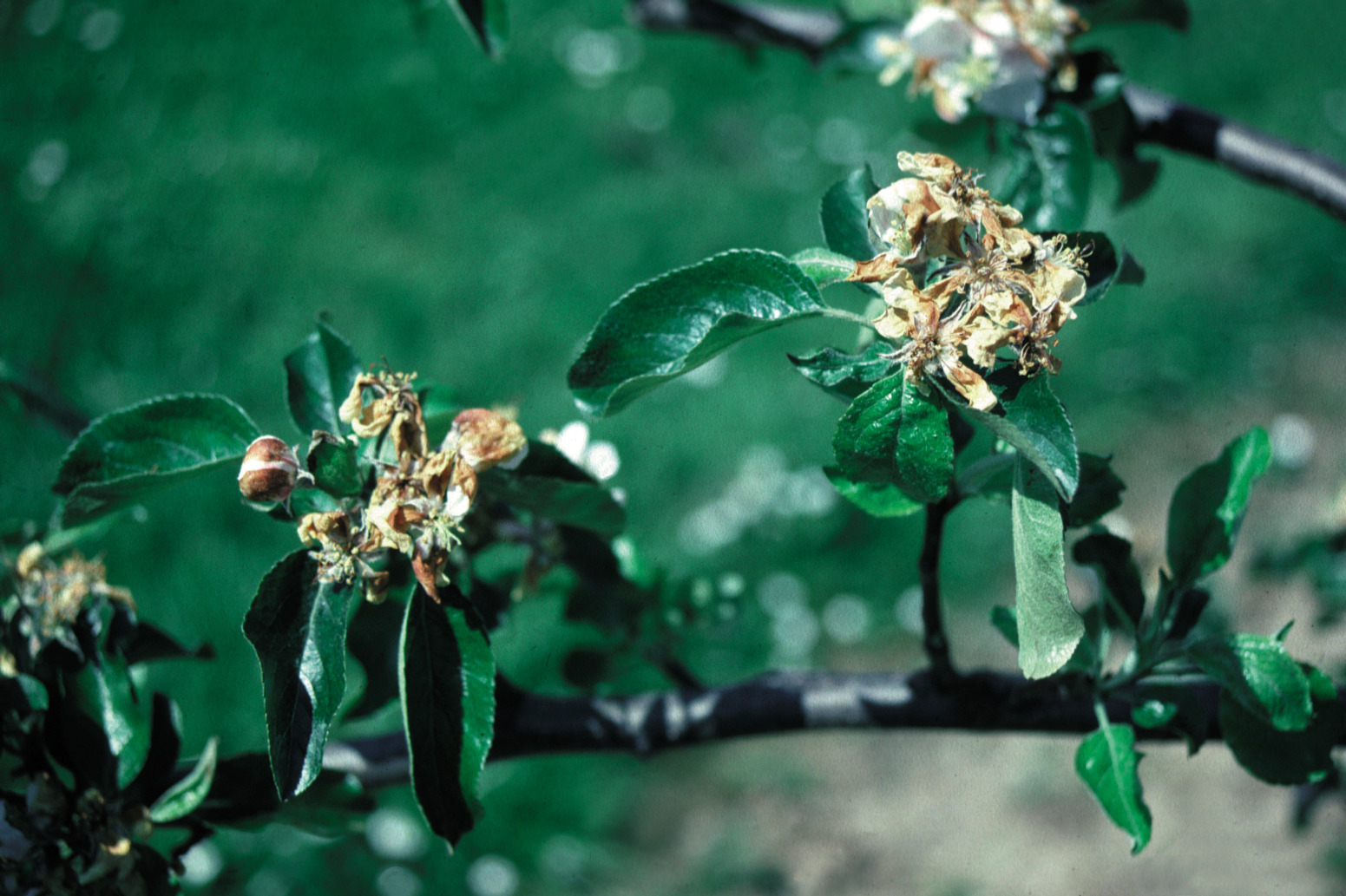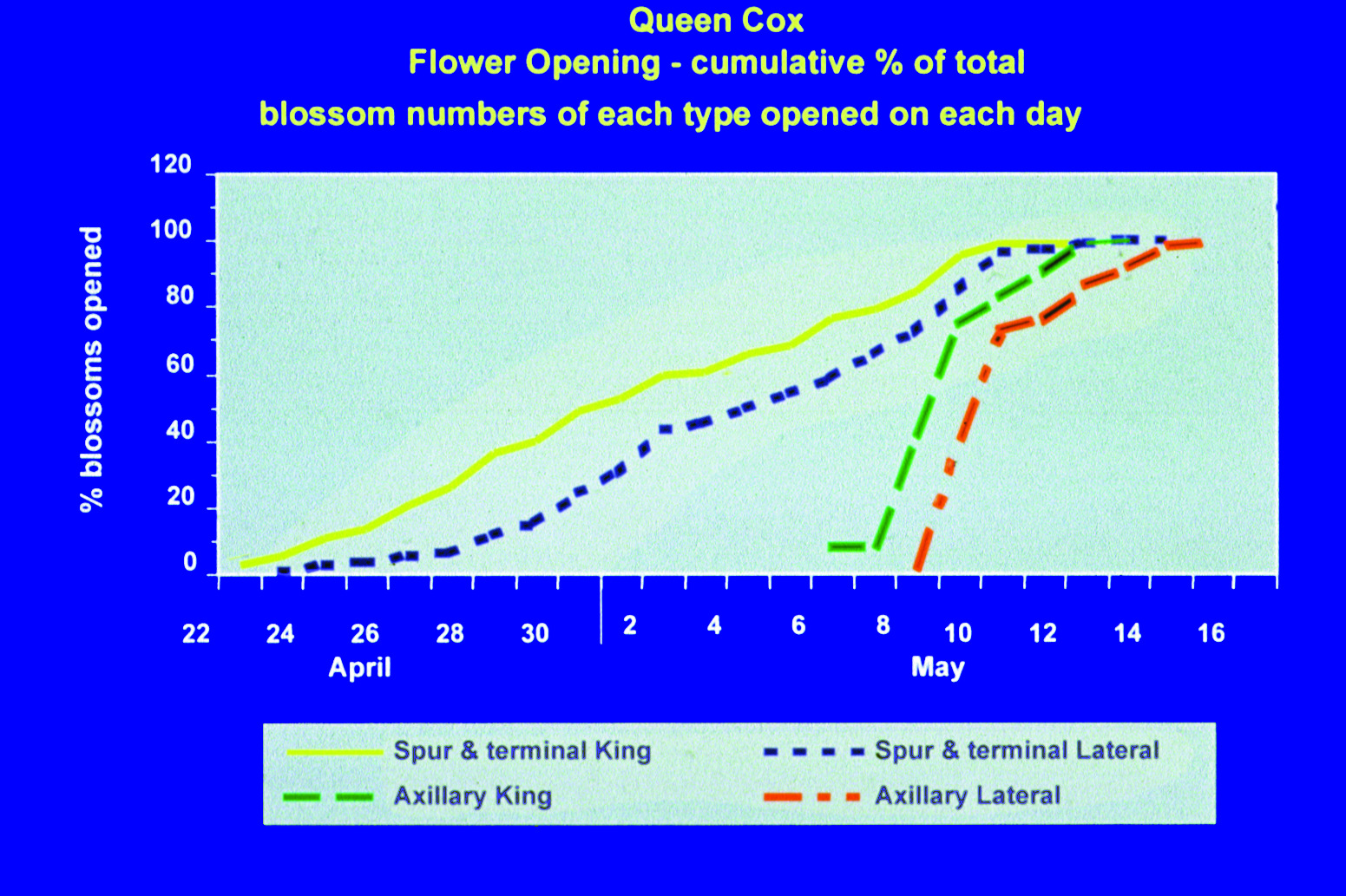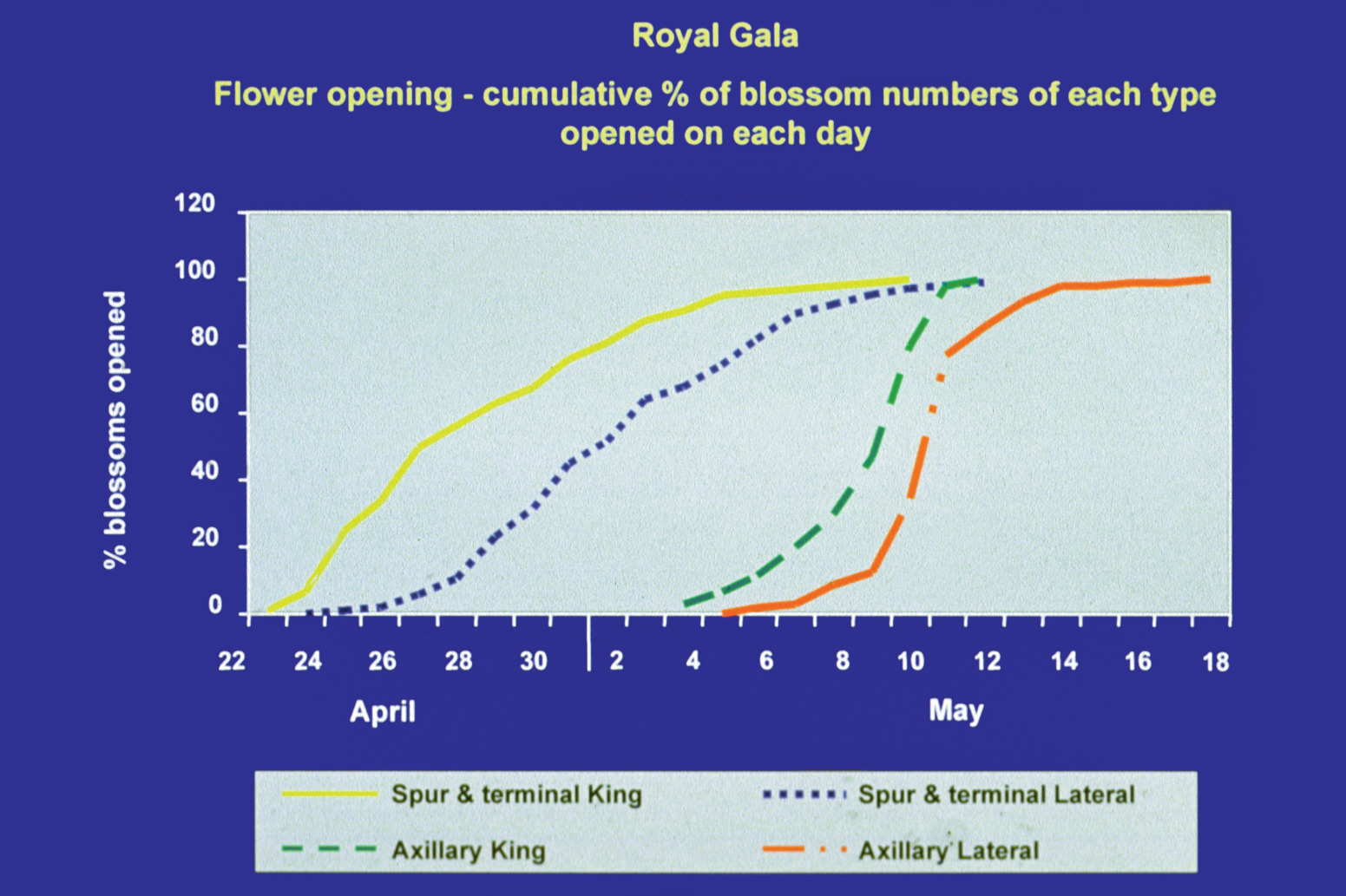- About
-
Research
- Agronomy and farming systems
-
Agricultural crop research
-
Research projects - agriculture
- About SASSA-SAI
- BioBoost
- Biomass Connect
- CTP for Sustainable Agricultural Innovation
- Climate Ready Beans - workshop presentations (March 2022)
- Crop diversity HPC cluster
- Designing Future Wheat
- Final project workshop
- Get involved
- List of materials
- News and updates
- Partners
- Rustwatch
- The Sentinel Crop Disease Surveillance Network
- The research team
- UK Cereal Pathogen Virulence Survey
- UK wheat varieties pedigree
- Weed management - IWM Praise
- Crop breeding
- Crop characterisation
- Data sciences
- Genetics and pre-breeding
- Plant biotechnology
- Plant pathology and entomology
- Resources
-
Research projects - agriculture
-
Horticultural crop research
-
Research projects - horticulture
- Augmented Berry Vision
- BEESPOKE
- Boosting brassica nutrition in smart growing systems
- CTP for Fruit Crop Research
- Develop user-friendly nutrient demand models
- Egg laying deterrents for spotted wing drosophila
- Enhancing the nutritional quality of tomatoes
- Improving berry harvest forecasts and productivity
- Improving vineyard soil health through groundcover management
- Intelligent growing systems
- Knowledge transfer for sustainable water use
- POME: Precision Orchard Management for Environment
- RASCAL
- STOP-SPOT
- UV-Robot
- Crop science and production systems
- Genetics, genomics and breeding
- Pest and pathogen ecology
- Field vegetables and salad crops
- Plum Demonstration Centre
- The WET Centre
- Viticulture and Oenology
-
Research projects - horticulture
- Crop Science Centre
- Research Projects
-
Services
- Analytical Services
- Business Development
- Commercial trial services
- Membership
- Plant breeding
- Plant characterisation
- Seed certification
-
Training
-
Technical agronomy training
- Advanced crop management of bulb onions
- Advanced crop management of vegetable brassicas
- Advanced nutrient management for combinable crops
- Benefits of cover crops in arable systems
- Best practice agronomy for cereals and oilseed rape
- Developing a Successful Strategy for Spring Crops
- Disease Management and Control in Cereal Crops
- Incorporating SFI options into your rotation
- Protected Environment Horticulture – Best Practice
- Techniques for better pest management in combinable crops
- Crop inspector and seed certification
- Licensed seed sampling
-
Technical agronomy training
- News & Views
- Events
-
Knowledge Hub
- Alternative and break crops
-
Crop genetics
- POSTER: Diversity enriched wheat (2025)
- POSTER: Genetics of wheat flag leaf size (2024)
- POSTER: Wheat yield stability (2024)
- Poster: Traits for future cereal crops (2022)
- POSTER: wild wheat fragment lines (2022)
- POSTER: Improving phenotyping in crop research (2022)
- PRESENTATION: Plant breeding for regen ag
- Poster: Designing Future Wheat (2020)
- Crop nutrition
-
Crop protection
- POSTER: Understanding the hierarchy of black-grass control (2025)
- POSTER: Emerging weed threats (2025)
- POSTER: Disease control in barley (2025)
- Poster: Weed seed predation in regen-ag (2024)
- POSTER: Disease control in winter wheat (2025)
- POSTER: Mode of action (2023)
- POSTER: Inter-row cultivation for black-grass control (2022)
- POSTER: UKCPVS winter wheat yellow rust in spring 2025 (2025)
- Poster: Management of Italian ryegrass (2021)
- POSTER: UKCPVS winter wheat rusts - 2024/25 review (2025)
- POSTER: UKCPVS disease monitoring and the benefit to UK growers (2025)
- POSTER: Diagnosing and scoring crop disease using AI (2025)
- POSTER: Finding new sources of Septoria resistance (2024)
- POSTER: Fungicide resistance research (2024)
- POSTER: Detecting air-borne pathogens (2024)
- POSTER: Oilseed rape diseases (2024)
- POSTER: Fungicide resistance research (2024)
- POSTER: Improving chocolate spot resistance (2022)
- Poster: Pathogen diagnostics (2022)
- Fruit
- Regen-ag & sustainability
-
Seed certification
- POSTER: Wheat DUS (2024)
- POSTER: Innovation in variety testing (2024)
- POSTER: AI and molecular markers for soft fruit (2024)
- POSTER: Barley crop identification (2023)
- POSTER: Herbage grass crop identification (2023)
- POSTER: Herbage legume crop identification (2024)
- POSTER: Minor cereal crop inspecting (2023)
- POSTER: Pulse crop identification (2023)
- POSTER: Wheat crop identification (2023)
-
Soils and farming systems
- POSTER: Checking soil health - across space and time (2024)
- POSTER: Checking soil health - step by step (2024)
- POSTERS: Changing soil management practices (2022)
- Poster: Monitoring natural enemies & pollinators (2021)
- POSTER: Soil structure and organic matter (2024)
- POSTER: Novel wheat genotypes for regen-ag (2024)
- Video: New Farming Systems project (2021)
- Video: Saxmundham Experimental Site (2021)
- POSTER: Impact of prolonged rainfall on soil structure (2024)
- POSTER: Soil & agronomic monitoring study (2024)
- POSTER: The impact of rotations & cultivations (2024)
- VIDEO: Great Soils; soil sampling guidelines (2020)
- Poster: Soil invertebrates within arable rotations (2024)
- VIDEO: Soil health assessment (2021)
- POSTER: Saxmundham - modern P management learnings
- POSTER: Saxmundham - 125 years of phosphorus management
- Poster: Soil phosphorus - availability, uptake and management (2025)
- POSTER: Morley long term experiments (2025)
- POSTER: Exploiting novel wheat genotypes for regen-ag (2025)
- Video: Saxmundham Experimental Site (2021)
- Varieties
Flower (blossom) thinning
- Flower thinning involves the removal of a proportion of the flowers (hand or mechanical methods of flower thinning) or alternatively treating flowers in some way to prevent them setting fruits (chemical methods of flower thinning).
- Mechanical methods of flower thinning have been developed and have proved successful on close planted orchards on the continent. These mainly involve the use of revolving plastic filaments similar to that used in a strimmer.
Hand thinning of apple flowers
- Hand thinning of flowers has the advantages that it is environmentally sensitive (uses no chemicals) and allows competition between developing fruitlets to be reduced at the earliest opportunity.
- However, hand thinning of flower clusters is rarely if ever carried out in mature commercial orchards. It is too labour intensive and hence too expensive.
- Hand removal of flower clusters on newly planted trees may be appropriate in the first one or two seasons.
Chemical methods of thinning apple flowers
Most chemicals that have been tested and found effective in preventing apple flowers setting fruits work by desiccating the flower organs and preventing pollination and/or fertilisation (fruit set).
- There are a number of chemicals that work in this way but the only one currently available to UK growers is the nutrient ammonium thiosulphate (ATS)
Ammonium thiosulphate (ATS)
The foliar nutrient ATS has a very useful side effect as a blossom thinner on apples and other crops.
- If applied at flowering time, ATS works by desiccating and, therefore, damaging the stigmas and styles of apple flowers, so preventing them setting fruits.
 |
| Apple blossom following treatment with ATS |
When using ATS as a blossom thinner on apples it is important to consider the best timings for the sprays, the ideal weather conditions, the optimum spray concentrations and any variations in treatment associated with different apple scion varieties.
Spray timings when using ATS
- Thinning using ATS is most efficient if the sprays are applied between 20% and 50% full bloom.
- Flowers which are at balloon stage through to those that have been open for 2 days are the most sensitive to the sprays.
- Although the petals of flowers at the pink bud stage are damaged by ATS sprays, the flowers still remain capable of setting fruits.
- Flowers that have been open for more than two days and have been pollinated by bees will often still set fruits, although damaged by the ATS sprays.
- In seasons when flowering is concentrated over just a few days, then a single treatment with ATS will often be sufficient to thin the trees effectively.
- In years when the blossoming period is extended two sprays may be required; the first when 25% of the blossoms have opened and a second when most of the spur flowers have opened.
- With varieties that are prone to set large numbers of fruits on one-year-old wood (axillary blossoms) growers often endeavour to selectively prevent this fruit set using sprays of ATS applied after full bloom.
- Axillary blossoms, which often give rise to smaller than average fruits at harvest, flower several days after spur blossoms and to thin them ATS sprays must be delayed until early petal fall on spur blossoms.
- Care must be taken with this late treatment, however, if damage to fruitlets set earlier is to be avoided
 |

The ideal weather conditions
- As temperatures increase above 15oC, the efficiency of thinning when using ATS is increased
- Slow drying conditions (high humidities) improve thinning slightly, but may also cause phytotoxicity on the spur leaves.
- Spraying high concentrations of ATS in slow drying conditions is not recommended on account of the potential problems of phytotoxicity to the spur leaves.
- Spur leaves are essential to the early growth of the persisting fruitlets.
Spray concentrations and volumes
Throughout the world the most effective ATS concentrations for thinning apples have ranged from 0.5% to 2.0%.
- In the UK concentrations of 1.0% or 1.5% have generally proved most effective in the trials conducted.
- The required concentration and also spray volume for effective flower thinning is influenced by both the temperature and the relative humidity.
- Research in Canada has indicated that when sprays of ATS are applied at low volumes the spray concentration needs to be increased, in comparison with sprays applied at high volumes.
- Research in Poland indicates that sprays of ATS applied at low volumes (at appropriate concentrations) are more effective than sprays applied at high volumes.
The table below gives some guidance on concentrations and spray volumes as influenced by the temperatures and humidities at the time of spraying
Slow Drying
| Relative Humidity (%) | Temperature oC | |||||
|---|---|---|---|---|---|---|
| 10-15 | 15-20 | 20+ | ||||
| ATS % | L/ha | ATS % | L/ha | ATS % | L/ha | |
| >95 | 1.0 | 200-400 | 1.10 | 300-500 | 1.0 | 300-500 |
| 85 | 1.0 | 300-500 | 1.5 | 400-600 | 1.5 | 400-600 |
| <80 | 1.0 | 400-600 | 1.5 | 600-800 | 1.5 | 800-1000 |
Quick Drying
- It may be necessary to increase the concentrations of ATS by 0.5 % on very heavy setting varieties or alternatively, apply a second spray.
- Most proprietary brands of ATS contain 85% or more of ATS with smaller amounts of impurities.
- Trials at East Malling have shown that two of the ATS brands available in the UK, Thiosul and F.3000, are approximately similar in their thinning efficacy and differ very little in the small amount of phytotoxicity induced on spur leaves.
- The brand ‘Blossom Plus’ is similar in its efficacy.
- 1.176 litres of products containing 85% active ingredient ATS in 100 litres of water will give a spray concentration of 1.0%.
The tables below show amounts of ‘Blossom Plus’ required to achieve different ATS concentrations in different volumes of water
| Water vol. GPA | Pints of 'Blossom Plus' | Water vol. L/ha | Litres of 'Blossom Plus' | |||||||
|---|---|---|---|---|---|---|---|---|---|---|
| ATS concentration % | ATS concentration % | |||||||||
| 0.5 | 1.0 | 1.5 | 2.0 | 0.5 | 1.0 | 1.5 | 2.0 | |||
| 20 | 0.8 | 1.6 | 2.4 | 3.2 | 200 | 1.1 | 2.2 | 3.3 | 4.4 | |
| 40 | 1.6 | 3.2 | 4.8 | 6.4 | 400 | 2.2 | 4.4 | 6.6 | 8.8 | |
| 60 | 2.4 | 4.8 | 7.2 | 9.6 | 600 | 3.3 | 6.6 | 9.9 | 13.3 | |
| 80 | 3.2 | 6.4 | 9.6 | 12.8 | 800 | 4.4 | 8.8 | 13.2 | 17.6 | |
| 100 | 4.0 | 8.0 | 12.0 | 16.0 | 1000 | 5.5 | 11.1 | 16.6 | 22.2 | |
Use of adjuvants
A low rate of a non ionic wetter will improve the action of ATS and can be used except in very slow drying conditions.
- Do not tank mix ATS with any other spray material or apply within 2 days of applying other sprays, or excess leaf damage may occur.
Variations associated with specific varieties
Varieties differ slightly in terms of their thinning requirements and hence in the ideal ATS treatment required for optimum thinning; brief recommendations are presented below:
- Alkmene (Early Windsor/Ceeval) One application of ATS at 1.0-1.5% at full bloom is sufficient and no adjuvant is usually necessary.
- Braeburn Braeburn tends to have a very concentrated blossom period and ATS can thin a greater proportion of flowers in one spray than on other varieties. For this reason it should be used with caution especially on young trees.
- Bramley Two applications of 1.5-2.0% ATS, the first at full bloom on two-year-old wood and the second approximately 7 days later.
- Cox One application of ATS at 1.0-1.5% just after bloom on two-year-old wood. Do not include any adjuvant unless blossoming is very profuse.
- Discovery One application of ATS at 1.0-1.5% just after bloom on two-year-old wood. Do not include any adjuvant unless blossoming is very profuse.
- Egremont Russet Two applications of 1.5% ATS are usually necessary. The first is applied at 80%-90% full bloom on two-year-old wood and the second approximately 7 days later. Only include adjuvant if profuse amounts of bloom are present and fruit size is a known problem associated with the orchard.
- Gala Two applications of ATS at 1.0-1.5%; the first timed at 80% full bloom on the two-year-old wood and the second approximately 7 days later. The second spray is aimed to target axillary blossoms on one-year-old wood.
- Golden Delicious Trials in Europe have shown that sprays of 1% to 2% (depending upon blossom abundance and season) are effective in thinning this variety.
- Jonagored One application of ATS at 1.0-1.5% at full bloom is sufficient and no adjuvant is usually necessary. Only apply to Jonagored if the orchard has a history of oversetting with small fruit and poor tree growth.
- Spartan Two applications of ATS at 1.0-1.5% with the first timed at full bloom on two-year-old wood and the second approximately 7 days later. The second application should be omitted if weather conditions during bloom are not favourable for good fruit set.
- Summered Recent evidence from Norway, indicates that sprays of 1% ATS are effective in thinning this variety.
- Worcester Pearmain Two applications of ATS at 1.0-1.5% with the first timed at full bloom on two-year-old wood and the second approximately 7 days later. The second application should be omitted if weather conditions during bloom are not favourable for good fruit set.
Other chemicals tested as flower thinners for apples
Other blossom thinners that have shown promise in trials both in the UK and abroad include Armothin, common salt (sodium chloride), Endothallic acid, Ethephon, Lime sulphur, Pelargonic acid, Urea, Vinegar, Wilthin and Zinc.
Lime sulphur
Lime sulphur was used many years ago as a thinner for Victoria plum. More recently, organic growers in parts of continental Europe have begun to show renewed interest in the product as a thinner for apples.
- Recent trials conducted in the Netherlands indicate that lime sulphur at 4% applied at full bloom can provide useful thinning of the variety Elstar.
- Lime sulphur is not currently approved for use as a flower thinner in the UK.
Urea
Sprays of 3-4% urea have occasionally produced good results when applied at full bloom in German and Danish trials.
- However, the product appears to thin only when it also causes significant damage to the spur leaves.
- Such damage will probably have negative effects on fruit development and calcium uptake into the persisting fruitlets.
- Urea is not approved for use as a flower thinner on apples in the UK.





